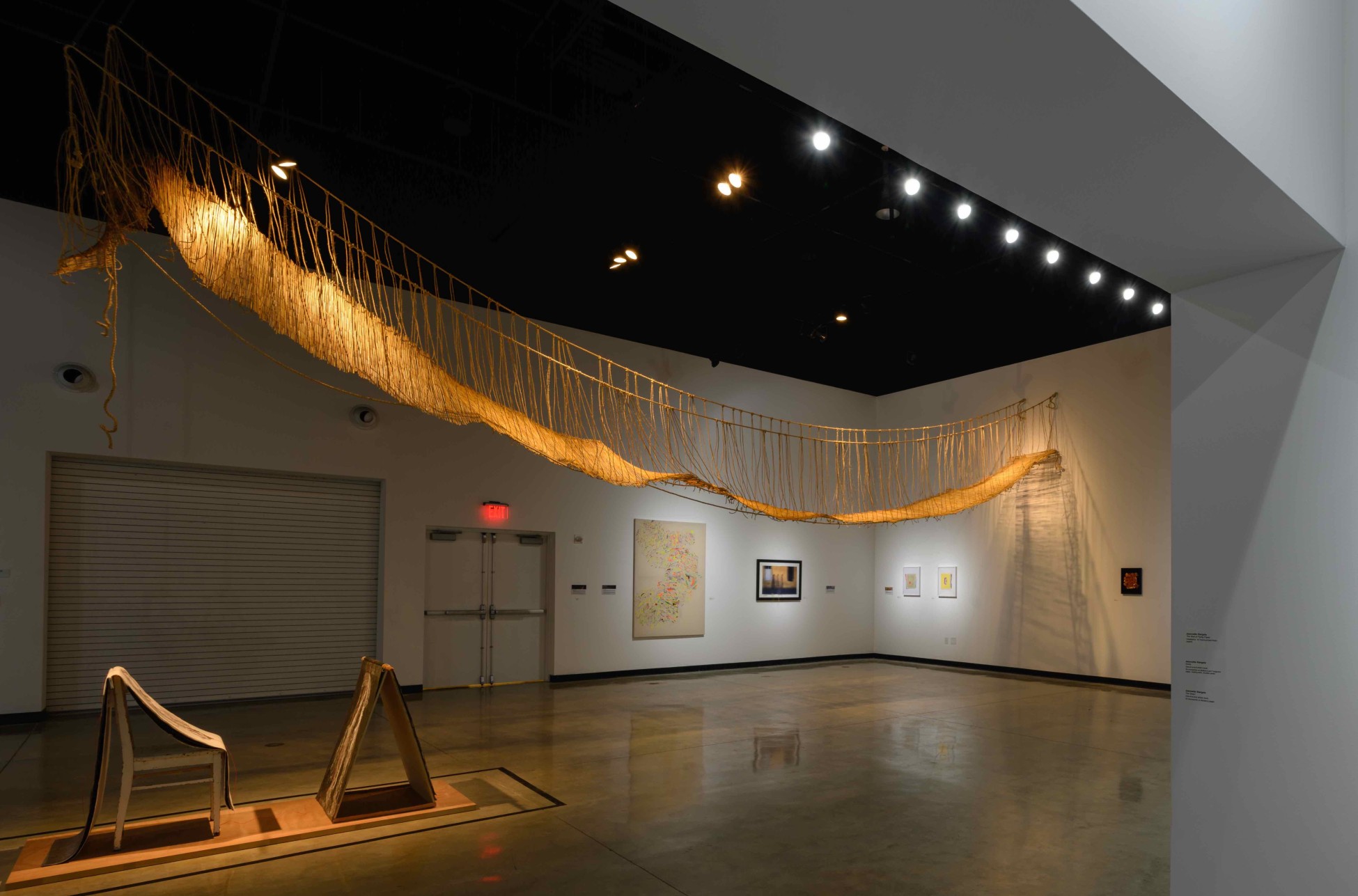
Liene Bosquê
AdviserDetails
| First Name | Liene |
| Last Name | Bosquê |
| Username | lieneb |
| Bio | Liene Bosquê is a visual artist and art educator based in Miami. Bosquê’s installations, sculptures, site-specific projects, as well as social engaged practice works have been exhibited in museums and galleries in the United States at MoMA PS1 in New York, Museum of Contemporary Photography in Chicago, Museum of Contemporary Art of North Miami, among other places. Her artworks were also included in international exhibitions in Brazil, Portugal, Italy, Turkey, and South Korea; at places such as Museu de História Natural in Lisbon, Museu de Arte de Ribeirão Preto, and Sesc in São Paulo. Bosquê is artist in residence at Oolite Arts and Deering Estate during the year of 2023. She was resident at Wave Hill, Bronx and at Queens Museum’s ArtBuilt residency both in New York in 2019. In 2016, she received the Emerging Artist Fellowship from the Socrates Sculpture Park in Queens, where she presented her first public sculpture. In 2019 Bosquê received the Ellies Creator Award, Miami’s Visual Arts Awards, and a WaveMaker Grant to present HamacaS Project. First iteration of this socially engaged project was shown at MOCA North Miami during February 2020. Liene Bosquê holds an MFA from the School of the Art Institute of Chicago, a BFA from the São Paulo State University, and a BA in Architecture and Urbanism from Mackenzie University in Brazil, where she is from. |
| Website | |
| Country of residence | United States (US) |
Statement
| Statement | I am interested in the relationship between place and people—the influence they have on one another, the conflict that exists between the two, and the traces that are left once they have come into contact. In turn, my multidisciplinary practice deals with the exploration of sensorial experiences within natural, urban, architectural, and personal spaces. This includes sculptures, site-responsive installations, and socially engaged projects that find ways to fragment habitual positive and negative spaces. My process is often archeological. I simultaneously study the historical and physical attributes of an environment and then develop a way in which to respond to and record that experience by creating traces, shadows, impressions, imprints, and reflections of the area. This methodology allows me to place an emphasis on the memory and history of that space in a way that feels tangible. For example, memory found in transitory spaces such as fences, windows, and other types of borders become materialized through my work. The use of specific matter is an important element of my work. I frequently use materials that can be transformed. I have worked with a range of fibers such as cotton, silk, and linen, and mediums such as rust, clay, wax, plaster, and latex. The results can often be particularly detailed and sometimes reveal remnants of the past that may have otherwise been lost. Through site-responsive installations and the use of malleable materials, rigid architectures are transformed into fragile surfaces, uncovering memories, the passage of time, and how we perceive the idea of place. By exposing negative spaces, I have found a way to unveil the presence of absence, and through the work it is clear that a void may be physical, but also emotional. In thinking about how the body and architecture relate to one another—the space that the body occupies, the traces that are left in the absence of a body—I became immersed in questions regarding the local environment, be it a natural or constructed; the role of nature within personal narratives, and public vs private spaces. How do we impact each one? What techniques can we use, and which histories can we learn from to create a more sustainable future? My most recent projects expose a shift in my relationship with nature and a heightened interest in our ecosystems. Motherhood has forced me to rethink my practice, changed how I view our natural world, and has specifically shaped my thoughts on how we’re able to create a more sustainable future. Although elements of my previous work still persist—particularly revealing the non-visible—I am now challenging myself to think about how creative engagement can connect communities to our natural surroundings. By placing an emphasis on the intersection of social and environmental issues, and the relationship between public spaces, nature, and community well-being, my objective is for my future projects to impact how we live and interact with the environment. |
Exhibitions
| Exhibitions | GROUP EXHIBITIONS 2023 Inhabited Curated by Juliana Forero at The Frank Gallery, Pembroke Pines, Florida March 30 to May 20, 2023 Landscape of Realities Curated by Jennifer Inacio at Oolite Arts, Miami Beach, Florida April 19 to June 25, 2023 Residential Properties 2.0 Curated by Felice Grodin at Diana Lowenstein Gallery, Miami, Florida May 19 to July 22, 2023 Opening reception: Friday, May 19, 6-9pm “Now Let Us Shift” Curated by Benjamin Ogrodnik and Ashley Thomas at Cain Art Gallery, Corpus Christi Texas Sep 29 26 to Dec 06, 2023 |
Interests and medias
| Interests | Ceramics, Mixed media, Sculpture, Textile art |
| Ceramics medias | Clay |
| Textile medias | wool, cotton, weaving |
| Sculpture medias | Papier-mâché, Textile |
